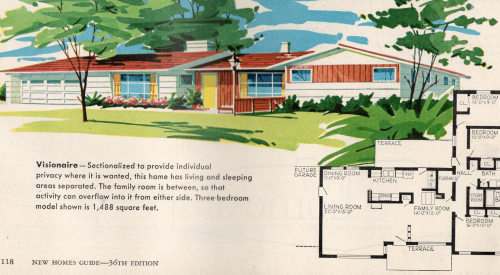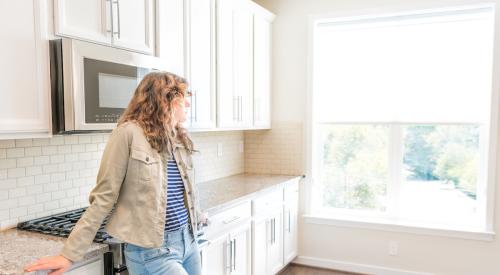Today’s average homeowner is Southern, 56 years old, married, and has some college education. And although demographics, and especially ones as encompassing as homeowners, often change, this has remained consistent for the last several years. That average homeowner lives in a single-family home with three beds, two baths, and 1,725 square feet on average. The home is most likely their first home, but 15% of homeowners told Zillow they want to move in the next three years. Those who want to move are likely in need of some sort of upgraded home feature or different neighborhood, and proximity to family is a top concern as well.
The current intensity of the housing market is a major concern for some homeowners that may otherwise consider selling their home and moving — 25% cited concern about not being able to find and/or afford a different home as a reason for not considering a move in the next three years.
Survey Methodology
Research Approach
In order to gain a comprehensive understanding of U.S. homeowners, Zillow Group Population Science conducted a nationally representative survey of more than 2,300 homeowners. The study was fielded between March and May 2021. Wherever possible, survey questions from previous years were asked in the same manner this year to allow for the measurement of year-to-year trends in key areas of business interest. This year was the first year that ZG Population Science designed, fielded and analyzed the survey entirely in-house.
For the purpose of this study, “homeowners” refers to household decision makers that both own their primary residence (either with a mortgage or free-and-clear) and did not move in the past year.
Sampling & Weighting
Results from this survey are nationally representative of homeowners. To achieve representativeness, ZG Population Science used a two-prong approach. First, the initial recruitment to the sample was balanced to all homeowners from the U.S. Census Bureau, 2019 American Community Survey (ACS) on the basis of age, relationship status, income, ethnicity/race, education, region and sex. Additional targeted subgroups were sampled based on all key household demographic characteristics. Second, statistical raking was used to create calibration weights to ensure that the distribution of survey respondents matched the U.S. population with respect to a number of key demographic characteristics.













